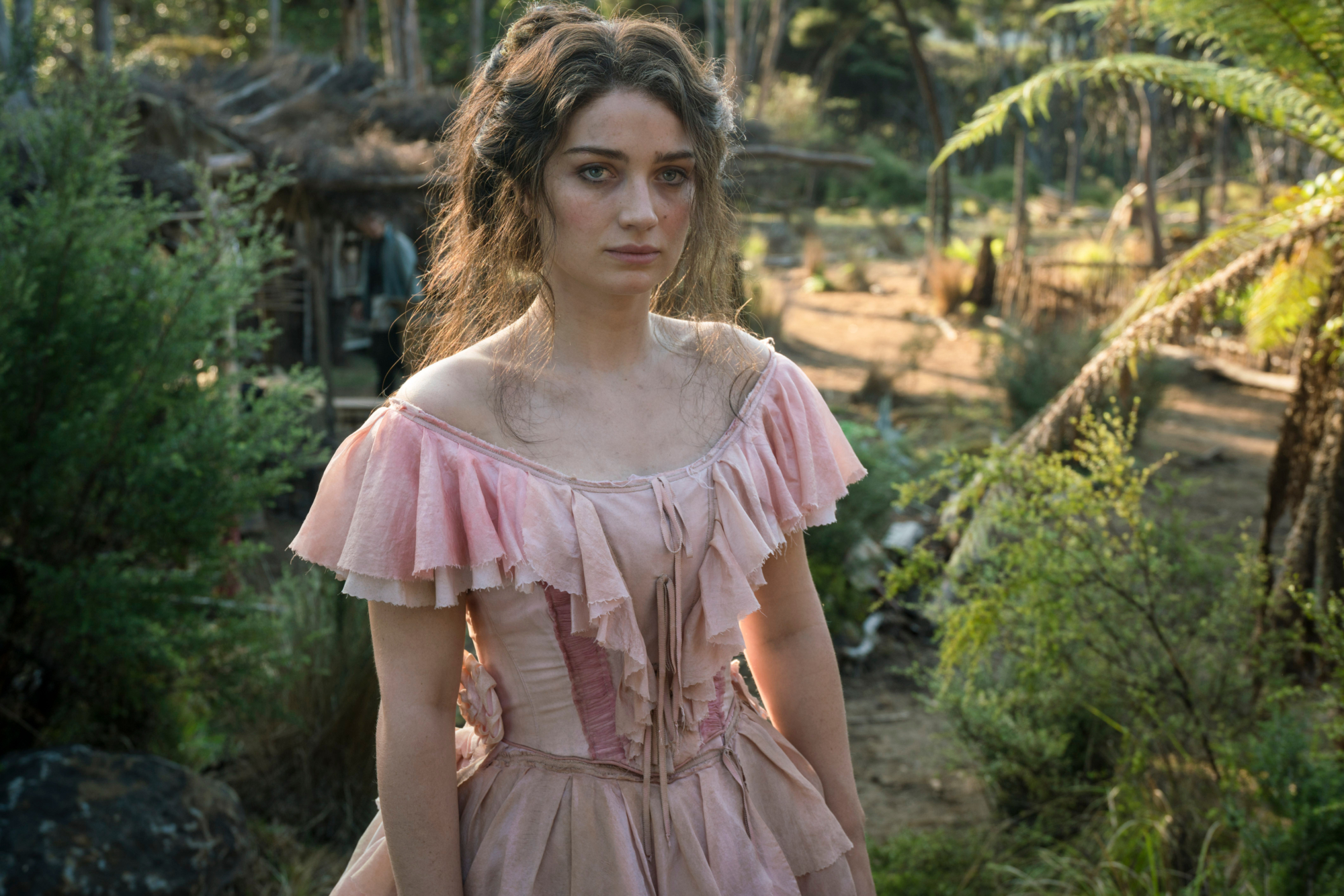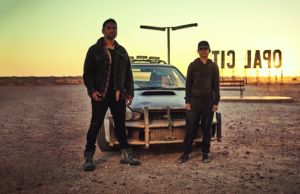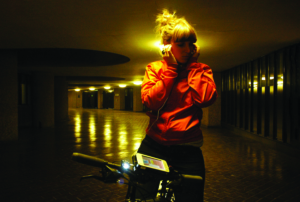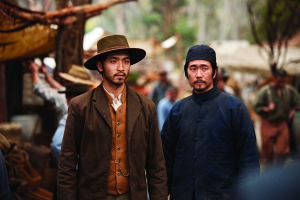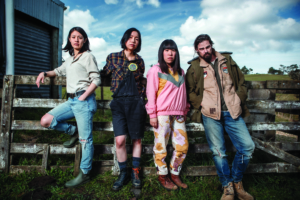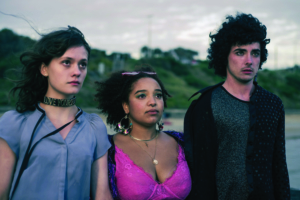When a screen adaptation of a beloved novel radically rewrites its source text, viewers who love the book can get defensive. Those screenwriters who raze, change and chop up the book, it’s usually posited by protective fans, lack appropriate respect for the text, and perhaps even fail to understand what it was that made it great in the first place. But what about when it’s the novelist themselves doing the rewriting?
This scenario plays out in The Luminaries, a lavish BBC/TVNZ co-pro that turns Eleanor Catton’s 832-page doorstop novel of the same name into a six-part period-piece miniseries. Published in 2013 when the author was twenty-seven, the book went on to win wild acclaim and the Man Booker Prize, even proving a huge commercial success in Catton’s homeland, New Zealand. When time came for the obligatory adaptation, it was Catton herself who served as sole screenwriter – but only, she says, after established screenwriters had turned down the job.[1]Finlay Macdonald, ‘Eleanor Catton on the Art of Adapting’, Metro (New Zealand), 17 November 2016, <https://www.metromag.co.nz/arts/arts-books/eleanor-catton-on-the-art-of-adapting>, accessed 14 July 2020.
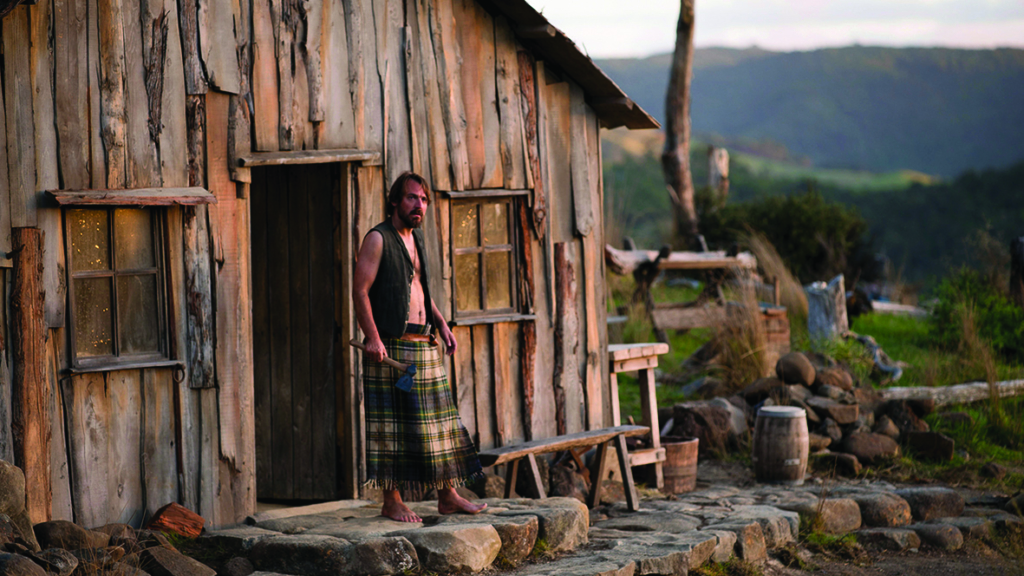
Though television itself had influenced the writing of The Luminaries – upon its publication, Catton cited the influence of Twin Peaks specifically[2]‘Questions & Answers’, Eleanor Catton author page, Foyles website, 2013, <https://www.foyles.co.uk/eleanor-catton>, accessed 14 July 2020. and ‘long-form box-set TV drama’ more generally[3]Eleanor Catton, quoted in Kira Cochrane, ‘Eleanor Catton: “I’m Strongly Influenced by Box-set TV Drama. At Last the Novel Has Found Its Screen Equivalent”’, The Guardian,7 September 2013, <https://www.theguardian.com/culture/2013/sep/07/eleanor-catton-interview>, accessed 14 July 2020. – that didn’t make it a natural fit for television. By 2016, it was clear that the process of bringing her vast text to screen wasn’t going swimmingly. ‘I had an idea that the book would be much easier to adapt than it is. It’s actually a complete nightmare,’ she said at the time. ‘The approach we’ve taken is essentially to turn the whole book inside out.’[4]Eleanor Catton, quoted in Macdonald, op. cit. This process meant that Catton spent longer adapting her novel than she did writing it: ‘It took me five years to write The Luminaries, and another seven to adapt the novel for the screen,’ Catton said, upon the series’ 2020 release. Writing the novel, she suggested, was essentially like penning one long draft; whereas, by the time filming of the series began in New Zealand, she’d ‘written perhaps 200 drafts of the first episode alone’.[5]Eleanor Catton, ‘An Introduction by Eleanor Catton’, BBC Media Centre, 13 June 2020, <https://www.bbc.co.uk/mediacentre/mediapacks/the-luminaries>, accessed 20 July 2020.
This is interesting given the novel is a feat of construction, betraying a numerologist’s obsessiveness (a contested amount of gold ends up being worth 4096 pounds – a number equal to two to the power of twelve) as Catton sought to mirror astrological ideas in both theme and form. Set (largely) on the New Zealand goldfields in 1865 and 1866, it takes place over twelve sections, each roughly a month apart, and each roughly half the size of its predecessor. Part 1 (‘A Sphere Within a Sphere’), itself divided into twelve sections, is 360 pages long; Part 12 (‘The Old Moon in the Young Moon’s Arms’) is only two pages – this structure out to echo the waning moon. The book begins by introducing us to twelve characters who embody the signs of the zodiac; seven planetary characters who exhibit a huge influence on the aforementioned dozen; and one character representing terra firma (Crosbie Wells, played in the series by Ewen Leslie), whose death sets the narrative into motion. The zodiac provided Catton with not only ‘twelve psychological archetypes to work with,’ but, she says, ‘also – and maybe more importantly – a sequence, a twelve-part story that charts the evolution of a single idea from its objective first conception (Aries) through to total self-reflexive self-consciousness (Pisces)’.[6]Eleanor Catton, quoted in ‘Questions & Answers’, op. cit. Interviews where Catton talks about her novel’s construction are heady, full of philosophy. ‘We find meaning in astrology through the interactions of seven planets and [twelve] revolving signs,’ she’s offered, ‘[like] we find meaning in music through the way that a single octave, composed of seven intervals, interacts with twelve possible key signatures – the revolving circle of fifths.’[7]Eleanor Catton, quoted in ‘An Interview with Eleanor Catton’, BBC Media Centre, 13 June 2020, <https://www.bbc.co.uk/mediacentre/mediapacks/the-luminaries/eleanor>, accessed 20 July 2020.
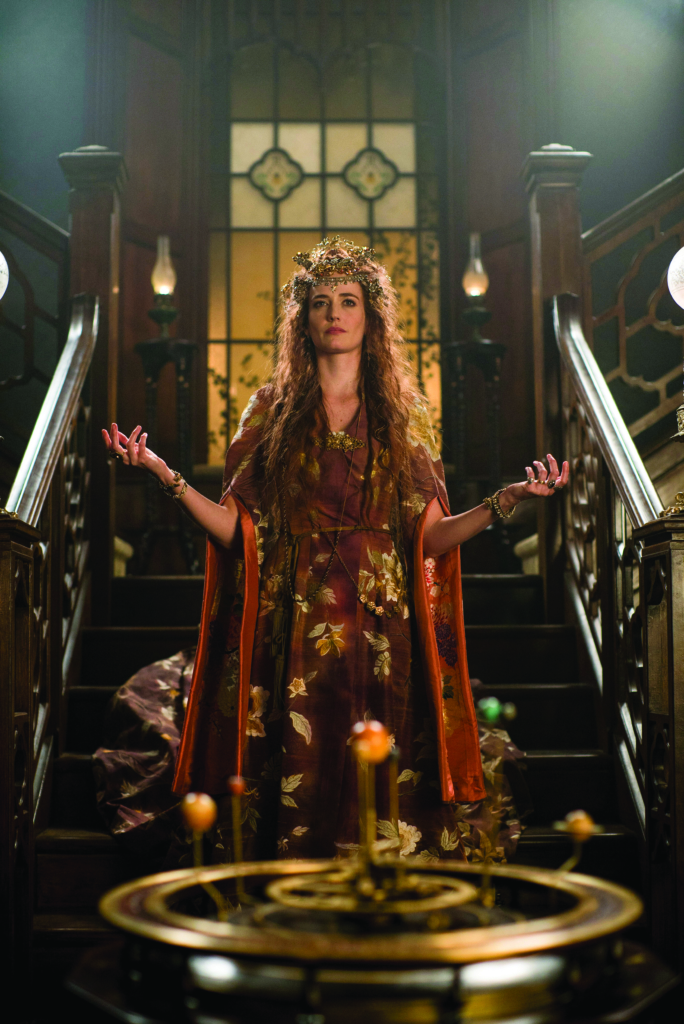
The novel’s title references how astrologists categorise the Moon and the Sun, and the characters that embody those luminaries, lunar Anna Wetherell and solar Emery Staines, are largely absent from the direct narrative but are nonetheless the two most influential characters in the book. The different sections within its grander parts are called things like ‘Mercury in Capricorn’ and ‘Venus in Pisces’, finding the characters that represent those celestial bodies, and their attendant archetypes, coming together or being influenced by the other. ‘Structurally the novel was designed to be a kind of living horoscope,’ Catton says. ‘How these characters interact reflects the actual positions of the stars and planets over the goldfields at that time.’ She describes her aim as having been ‘to try and mimic the experience of planetary influence, so that the book would change its nature depending on whose point of view you favored’.[8]Eleanor Catton, quoted in John Hopewell, ‘Eleanor Catton Talks The Luminaries as It Initiates Its Global Rollout’, Variety, 10 February 2020, <https://variety.com/2020/tv/news/eleanor-catton-the-luminaries-global-roll-out-1203498965/>, accessed 20 July 2020.
Of course, these structural concepts, and many of her writerly flourishes, were never going to be translated to the screen, which is bound by far-less-elastic structural edicts. ‘A piece of fiction isn’t limited either spatially or temporally, but a film or television show is confined in both dimensions,’ Catton says. ‘An hour of television, no matter how experimental the storytelling, will always take up exactly an hour of the viewer’s time, and will always take place on a television screen.’[9]Catton, quoted in ‘An Interview with Eleanor Catton’, op. cit. Given she wrote the book as a shrine to the joy of reading, and deliberately riffed on archaic literary genres (Victorian sensation and picaresque, classic mysteries and love stories), much of its sense of wonder about – and delight in playing with – words, language and idioms is naturally absent on screen. But when watching The Luminaries after having read its source text, it’s disorienting at first to see how much of the book has been restructured and rewritten. Anna (Eve Hewson) and Emery (Himesh Patel), once distant, mercurial figures of outsized influence, now become the protagonists of the story: she, forever moving through darkness and shadow; he, a sunny figure of radiant optimism. ‘The relationship between “the luminaries”, Anna and Emery, is deliberately occluded in the novel, but it’s brought to the fore in the show,’ Catton says.[10]Eleanor Catton, quoted in Emily Simpson, ‘Rare Interview with the Star Behind The Luminaries’, Stuff, 17 May 2020, <https://www.stuff.co.nz/entertainment/300013389/rare-interview-with-the-star-behind-the-luminaries>, accessed 20 July 2020.
When watching The Luminaries after having read its source text, it’s disorienting at first to see how much of the book has been restructured and rewritten.
The final scene of the book is made the first scene of the series, and the memorable opening to the novel – a traveller arriving on the shores of the South Island’s West Coast finds a council of twelve (zodiac-echoing) men meeting in secret – now takes place early in the fifth episode of the series, ‘Paradox’. Characters who occupy prime positions on the page – commission merchant Harald Nilssen (Erroll Shand), shipping agent Thomas Balfour (Mark Mitchinson), banker Charlie Frost (Byron Coll) – are sent to positions on the margins; some notable minor characters hit the cutting-room floor. ‘The show reinvents the novel so thoroughly,’ Catton observes, ‘turning the story inside out and back to front, beginning near the end of the book, splitting the narrative into two different timelines, and following characters who in the novel are important but largely obscured.’[11]Catton, ‘An Introduction by Eleanor Catton’, op. cit.
In the novel, the novelist says, the character of Anna is placed in the background because ‘she is modeled on the astrological archetype of the Moon, which governs our hidden, interior, changeable selves.’[12]Catton, quoted in Hopewell, op. cit. The adaptation’s challenge, Catton offers, was ‘to settle on one of the characters as a central point of view’,[13]Catton, quoted in ‘An Interview with Eleanor Catton’, op. cit. but she doesn’t merely shift the action from around Anna to Anna; the character is made into a veritable protagonist, shifting from passive to active. In the original text – as in Victorian sensation novels – things happen to her; in the series, she makes things happen. ‘You want to rescue me?’ she asks, defiantly, of Emery, before dismissing his saviour fantasies. When the series finally attempts to make plain its astrological structure, midway into its fifth episode, Anna once more speaks out as a corrective.
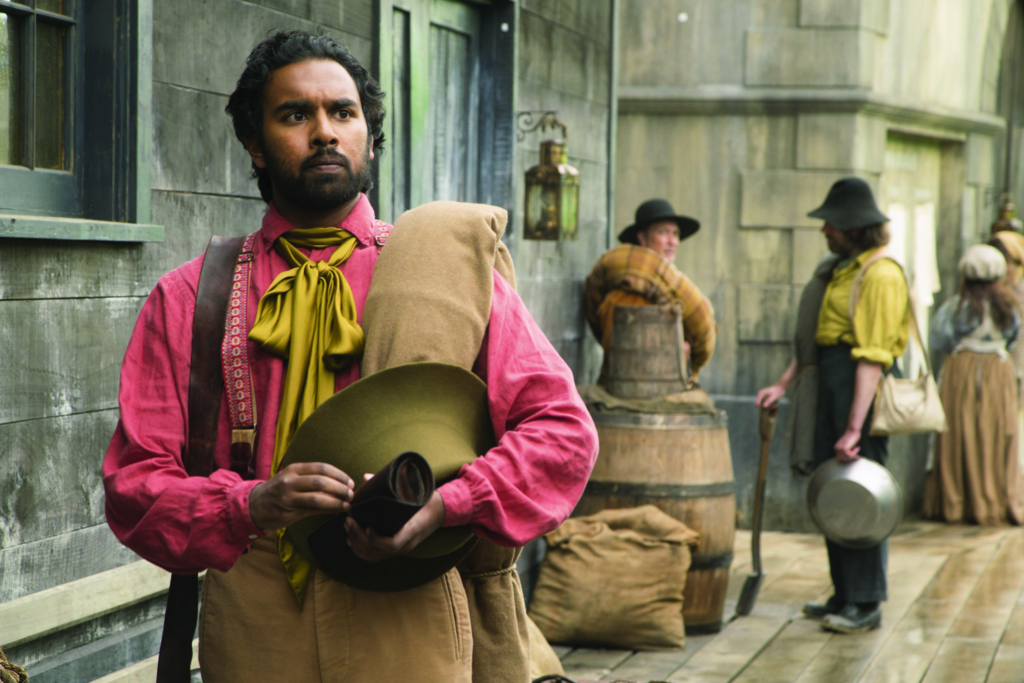
The horoscope is initially introduced into the narrative by the astrologer, fortune teller, schemer and grifter Lydia Wells (later Lydia Carver, nee Lydia Greenway, played on screen by a vamping Eva Green), who in the first episode takes Anna under her wing upon the latter’s arrival, fresh off the boat from England, in Dunedin. Lydia possesses a grand mechanical model of the solar system, depicting the movement and orbits of its planets around the Sun. This image is returned to often, so that, when our twelve zodiac-embodying figures finally come together, an eye-of-God overhead of them standing in a circle is an obvious visual allusion. When these men finally meet in their secret council – in the smoking room of a slapdash hotel newly erected in the gold-rush settlement of Hokitika – a voiceover from Lydia introduces them in a rollcall (‘Blood: Aries. Money: Taurus. Knowledge: Gemini,’ etc.) as the characters – Maori greenstone hunter Te Rau Tauwhare (Richard Te Are), Charlie, newspaperman Benjamin Lowenthal (Joel Tobeck), hotelier Edgar Clinch (Kieran Charnock), magnate Dick Mannering (Erik Thomson), goldsmith Quee Long (Gary Young), Harald, chemist Joseph Pritchard (Matthew Sunderland), Thomas, court clerk Aubert Gascoigne (Paolo Rotondo), opium addict Sook Yongsheng (Yoson An), chaplain Cowell Devlin (Matt Whelan) – are shot in frontal close-up. ‘Think of the sky like a looking glass. What you see is who you are,’ Lydia says, in voiceover. ‘Each of us is a living constellation of habits, desires, notions, memories, all shaped by the circumstances of how we’ve lived.’ But then Anna picks up the voiceover, shifting to a rollcall of the ‘planetary’ characters, and repudiates the notion of our lives being purely fated. ‘We are more than simply circumstance; we also have free will,’ she says. ‘We make choices.’
Whereas the characters in the novel reflect the wildly disproportionate ratio of males to females that existed on the goldfields, the TV production has, both in front of and behind the camera, been definitely, defiantly feminised.
As well as granting its heroine agency, the series foregrounds Anna’s complex relationship with Lydia, becoming a story about two women in the man’s world of the 1860s South Island gold rush.[14]Most of the series’ resources were spent on building a nearly complete gold-rush town on a farm outside Auckland, with other sequences shot on the West Coast, outside Hokitika as well as in the Arahura Valley. See ‘Interview with Claire McCarthy’, BBC Media Centre, 15 June 2020, <https://www.bbc.co.uk/mediacentre/mediapacks/the-luminaries/claire>, accessed 20 July 2020. But whereas the characters in the novel – of the main twenty, eighteen are men – reflect both traditional masculine conceptions of the stars and planets (‘The system of astrology,’ Catton notes, ‘has only two celestial bodies that we tend to define automatically as feminine: Venus and the Moon’[15]Catton, quoted in ‘An Interview with Eleanor Catton’, op. cit.) and the wildly disproportionate ratio of males to females that existed on the goldfields, the TV production – helmed in its entirety by Australian filmmaker Claire McCarthy and producer Lisa Chatfield – has, both in front of and behind the camera, been definitely, defiantly feminised. This is notable, given that Catton often lamented having penned such a male-centric novel (in a 2013 interview, she confessed to having ‘moments where [she’d] felt like a bit of a traitor’[16]Catton, quoted in Cochrane, op. cit.). Given its gold-rush setting, the novel was already an exploration of different nationalities and cultural identities, finding many and varied men – rich and poor; privileged and exploited; Chinese and Norwegian and Irish and Scottish and Jewish – who’ve come from far and wide to try their luck at the diggings, hoping to find a new life. This is taken further in the television series with the casting of Patel as Emery; his character, pale and fey in the book, is now referred to as Hindu. When she saw Patel’s audition, Catton says, she felt she’d ‘made a huge mistake in the original novel by not making Emery ethnically Indian’, and reflects that ‘The Luminaries is about learning to walk in someone else’s shoes, and I think that would have had much more resonance if it had happened across ethnicities as well as across genders’.[17]Catton, quoted in Simpson, op. cit.
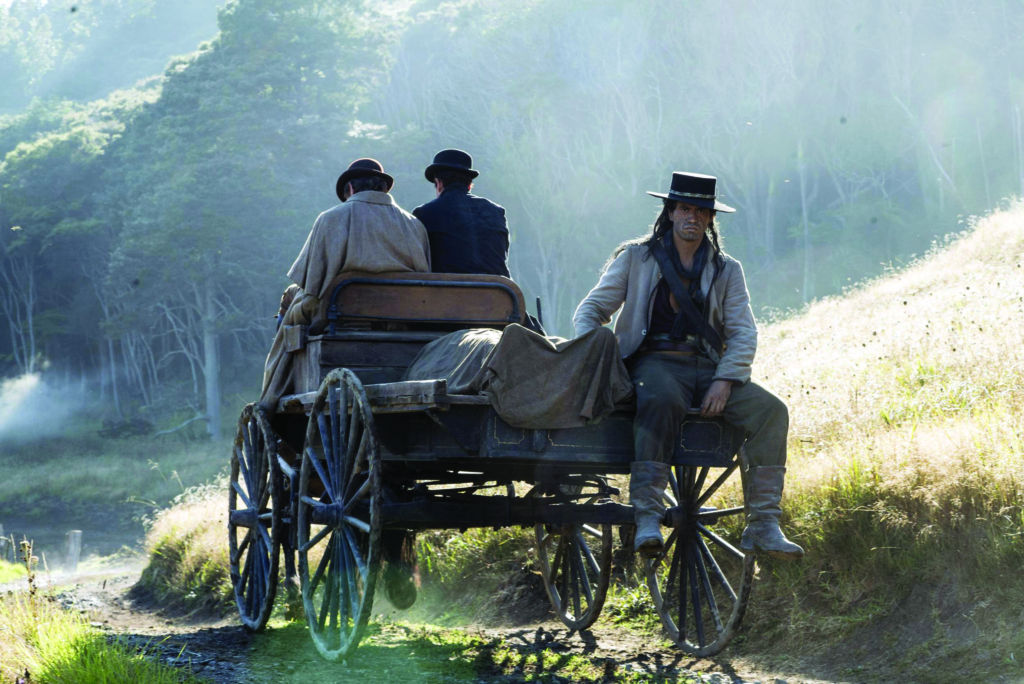
The theme of ‘walking in someone else’s shoes’ is invoked in one of the novel’s most fanciful devices, which is placed at the centre of the televisual drama: Anna and Emery are ‘astral twins’, born on the same day at the exact same instant and thus under the exact same skies. This makes them astrologically, magically connected: when one is wounded, the other bleeds; when one smokes opium, the other is affected; sometimes they can share memories, perspectives. And, most of all, they are fated to be together, in that most classic romantic device. That’s the throughline of the series, from its opening scene to its final one. Along the way, there’s the scandal and skulduggery of classic page-turners: blackmail, murder, illegitimacy, indentured prostitution, addiction, adultery, love, revenge, all set against the natural drama of the goldfield (‘Gold,’ says Marton Csokas, who plays villainous Francis Carver, ‘represents hopes, dreams, aspirations but also greed, doom and death’[18]Marton Csokas, quoted in ‘An Interview with Marton Csokas’, BBC Media Centre, 13 June 2020, <https://www.bbc.co.uk/mediacentre/mediapacks/the-luminaries/marton>, accessed 20 July 2020.). A key development is the discovery of a stash of secret letters; there’s high drama, and the presence of a vituperative ghost, at a seance; and everything climaxes with an unironic courtroom drama, replete with grand revelations, hubbub among spectators, objections from prosecutors, and judges allowing conjecture, speculation and theatrical storytelling. Catton’s struggles in adapting The Luminaries certainly weren’t due to an absence of plot.
Catton’s first novel, 2008’s The Rehearsal, was also adapted to screen, in a 2016 film written and directed by Alison Maclean.[19]See Anthony Carew, ‘Live Performance: Acting and Adaptation in Alison Maclean’s The Rehearsal’, Metro, no. 194, 2017, pp. 26–31. It was difficult to adapt, but in an entirely different fashion: the novel, written as its author’s master’s thesis, was a post-structuralist work of no clear narrative, in which the lines between what was ‘real’ and what was performance were completely, deliberately blurred. In contrast, The Luminaries is full of the kind of grand drama and crowd-pleasing resolution shared by love stories and crime thrillers (genres that, Catton says, ‘promise a solution, a sense of a pattern finally coming together [… and that are] also both essentially optimistic: they offer the belief that justice can, and will, prevail’[20]Catton, quoted in Hopewell, op. cit.). Here, the difficulty in the translation wasn’t in narrative, but in taking something so literary and trying to capture that spirit on screen. The Luminaries doesn’t, but it does become its own thing – notable, in comparison to its source text, in both its similarities and its differences. Given Catton herself was behind this translation, the usual outrage of book lovers can only be muted.
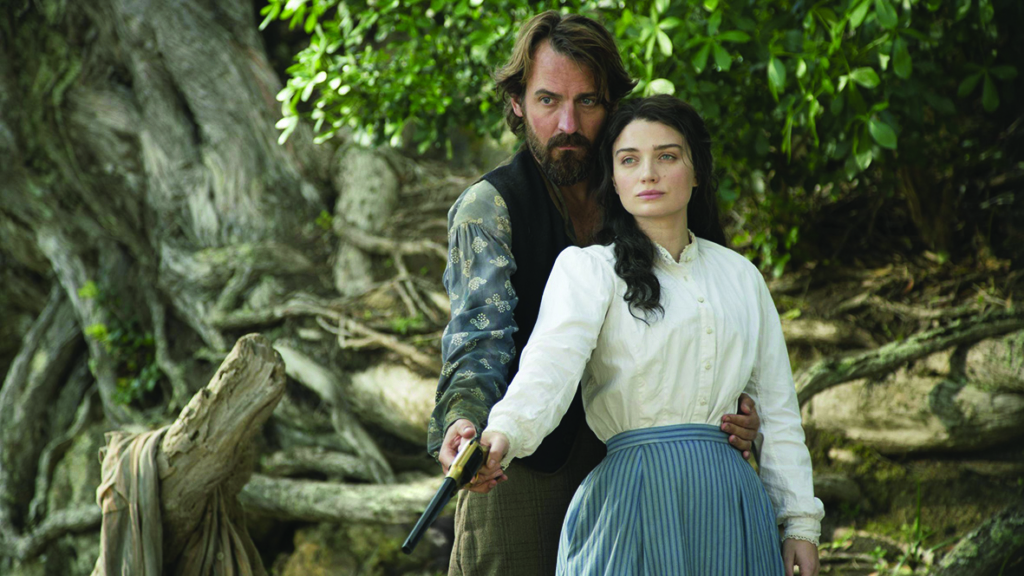
‘It’s a very bold retelling […] It might have felt a little irreverent for somebody else to rewrite it,’ says McCarthy, of the adaptation.[21]Claire McCarthy, quoted in ‘Interview with Claire McCarthy’, op. cit. ‘Only Eleanor could have taken the story, turned it inside out, almost told it backwards and yet [kept] it totally truthful to the book,’ concurs Chatfield. ‘Any process of adaptation is always tricky […] but a true adaptation works when people who’ve read the book say “that’s my story, that’s the story I love”.’[22]Lisa Chatfield, quoted in ‘Interview with Lisa Chatfield’, BBC Media Centre, 15 June 2020, <https://www.bbc.co.uk/mediacentre/mediapacks/the-luminaries/lisa>, accessed 20 July 2020.
Endnotes
| 1 | Finlay Macdonald, ‘Eleanor Catton on the Art of Adapting’, Metro (New Zealand), 17 November 2016, <https://www.metromag.co.nz/arts/arts-books/eleanor-catton-on-the-art-of-adapting>, accessed 14 July 2020. |
|---|---|
| 2 | ‘Questions & Answers’, Eleanor Catton author page, Foyles website, 2013, <https://www.foyles.co.uk/eleanor-catton>, accessed 14 July 2020. |
| 3 | Eleanor Catton, quoted in Kira Cochrane, ‘Eleanor Catton: “I’m Strongly Influenced by Box-set TV Drama. At Last the Novel Has Found Its Screen Equivalent”’, The Guardian,7 September 2013, <https://www.theguardian.com/culture/2013/sep/07/eleanor-catton-interview>, accessed 14 July 2020. |
| 4 | Eleanor Catton, quoted in Macdonald, op. cit. |
| 5 | Eleanor Catton, ‘An Introduction by Eleanor Catton’, BBC Media Centre, 13 June 2020, <https://www.bbc.co.uk/mediacentre/mediapacks/the-luminaries>, accessed 20 July 2020. |
| 6 | Eleanor Catton, quoted in ‘Questions & Answers’, op. cit. |
| 7 | Eleanor Catton, quoted in ‘An Interview with Eleanor Catton’, BBC Media Centre, 13 June 2020, <https://www.bbc.co.uk/mediacentre/mediapacks/the-luminaries/eleanor>, accessed 20 July 2020. |
| 8 | Eleanor Catton, quoted in John Hopewell, ‘Eleanor Catton Talks The Luminaries as It Initiates Its Global Rollout’, Variety, 10 February 2020, <https://variety.com/2020/tv/news/eleanor-catton-the-luminaries-global-roll-out-1203498965/>, accessed 20 July 2020. |
| 9 | Catton, quoted in ‘An Interview with Eleanor Catton’, op. cit. |
| 10 | Eleanor Catton, quoted in Emily Simpson, ‘Rare Interview with the Star Behind The Luminaries’, Stuff, 17 May 2020, <https://www.stuff.co.nz/entertainment/300013389/rare-interview-with-the-star-behind-the-luminaries>, accessed 20 July 2020. |
| 11 | Catton, ‘An Introduction by Eleanor Catton’, op. cit. |
| 12 | Catton, quoted in Hopewell, op. cit. |
| 13 | Catton, quoted in ‘An Interview with Eleanor Catton’, op. cit. |
| 14 | Most of the series’ resources were spent on building a nearly complete gold-rush town on a farm outside Auckland, with other sequences shot on the West Coast, outside Hokitika as well as in the Arahura Valley. See ‘Interview with Claire McCarthy’, BBC Media Centre, 15 June 2020, <https://www.bbc.co.uk/mediacentre/mediapacks/the-luminaries/claire>, accessed 20 July 2020. |
| 15 | Catton, quoted in ‘An Interview with Eleanor Catton’, op. cit. |
| 16 | Catton, quoted in Cochrane, op. cit. |
| 17 | Catton, quoted in Simpson, op. cit. |
| 18 | Marton Csokas, quoted in ‘An Interview with Marton Csokas’, BBC Media Centre, 13 June 2020, <https://www.bbc.co.uk/mediacentre/mediapacks/the-luminaries/marton>, accessed 20 July 2020. |
| 19 | See Anthony Carew, ‘Live Performance: Acting and Adaptation in Alison Maclean’s The Rehearsal’, Metro, no. 194, 2017, pp. 26–31. |
| 20 | Catton, quoted in Hopewell, op. cit. |
| 21 | Claire McCarthy, quoted in ‘Interview with Claire McCarthy’, op. cit. |
| 22 | Lisa Chatfield, quoted in ‘Interview with Lisa Chatfield’, BBC Media Centre, 15 June 2020, <https://www.bbc.co.uk/mediacentre/mediapacks/the-luminaries/lisa>, accessed 20 July 2020. |
